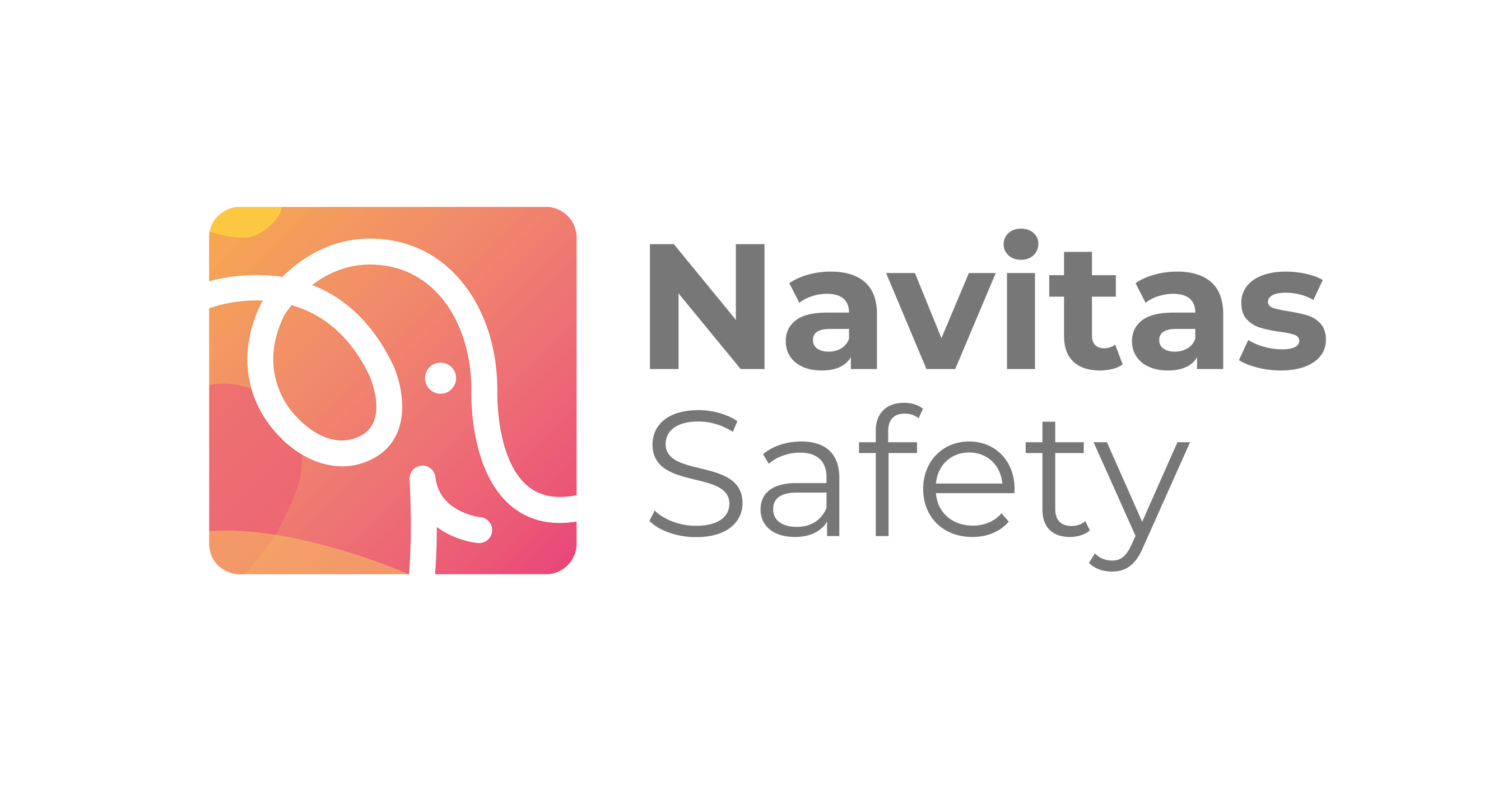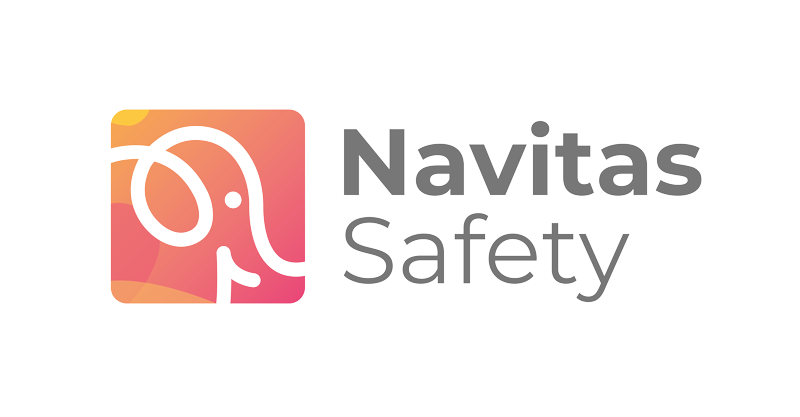Food safety audits and Environmental Health inspections can be daunting. However, with proper preparation, you can face them with confidence and ensure your business complies with all necessary food safety standards.
We’re here to walk you through the essential steps to prepare for your food safety audits and ensure you maintain that 5* Food Hygiene Rating with ease.
What is a Food Safety Audit?
First, what is a food safety audit?
A food safety audit, or food hygiene inspection, is a comprehensive review conducted to assess if a foodservice business adheres to food safety regulations set by your local authority. These audits are crucial as they help identify areas of concern and potential food safety hazards, allowing businesses to address them promptly.
Your local authority requires that you have food safety inspections conducted by one of their Environmental Health Officers (EHO) to assess your business and award a Food Hygiene Rating (FHR). This EHO inspection is an unannounced visit that typically happens every 6 months – 3 years depending on previous results and how high-risk your business is deemed to be. The FHR you are awarded is publicly available and often impacts whether consumers continue to use your services or not – affecting your brand reputation.
Regular food safety audits, conducted internally by a manager or independently via a third party consultancy, can help you stay prepared for mandatory EHO inspections by ensuring your practices meet the highest standards of food safety. Simply put, completing a food safety audit and addressing any findings ensures you are doing everything to keep your staff and customers safe.
Top Tips to Prepare for Food Safety Audits
1. Boost your team’s confidence
Creating a positive food safety culture is crucial. Ensure all team members are well-versed in food safety processes and eliminate the room for stress-fuelled human error and inattention. By making sure everyone is confident and comfortable with all the food safety processes, you’ve already got 80% of the preparation done.
Here’s how you can foster a confident team:
- Clear communication: Alleviate the panic and prevent errors during audits by ensuring that everyone understands their role in maintaining food safety. Make sure your team knows that your door is always open if they’re stuck or need assistance. This way, any issues or confusion can be addressed at the source.
- Regular Training: Offer ongoing food safety training to keep everyone updated on best practices. We recommend that all of your staff qualifies with at least Level 2 Food Hygiene and Allergen Awareness courses.
- Positive Leadership: Encourage a supportive environment and remind your team that you’re all in this together. Ensure that everybody’s end goal is the same: keeping everyone safe.
2. Create some accountability
Establishing clear roles and responsibilities within your food safety management system is essential. Your Hazard Analysis and Critical Control Points (HACCP) plan should specify who is responsible for each task and how it should be executed. For instance:
- Receiving Deliveries: Assign specific staff to check labels, use-by dates, and signs of pests.
- Hazard Control Points: Detail the checks to be performed, including temperature checks and evidence recording, and how they will be performed.
- Approval Workflows: Implement a system where specific checks require approval from designated personnel.
Accountability ensures everyone contributes to maintaining high food safety standards, fostering a positive and collaborative culture.
Not sure how to build a strong food safety management system? We have a guide to support you with this here.
3. Maintain flawless record keeping
Effective record keeping is vital for successful food safety audits. Your EHO needs to feel reassured and confident that you can keep all things safe. So it’s all about showing how in control you are by ensuring all documents are organised and readily accessible.
Key records include:
- Cleaning Checklists
- Maintenance Records
- Training Certificates
- Previous Audit Documents
Consider digitising your records to streamline access and enhance accuracy. Having all documents and records in one safe, digital, cloud-based place can significantly reduce the stress of locating documents during an audit, as well as simplifying your record keeping processes. The increased speed and accuracy can have a truly positive impact on your food safety practices.
4. Consider digital checklists
Embracing digital tools can enhance your food safety practices and simplify food safety audits. Digital checklists offer numerous benefits:
- Efficiency: Complete food hygiene checks quickly and accurately using mobile devices.
- Sustainability: Reduce paper waste by adopting electronic records.
- Accessibility: Store all checklists in a cloud-based system for easy retrieval during audits.
But are they really a great way to prepare for a food safety audit? Absolutely.
Bin all manual paperwork. All opening/closing, cleaning, temperature, maintenance and food delivery checks can be completed within seconds from a mobile or tablet. Not only that, digital checklists ensure your staff know exactly what to do, improving compliance and readiness for inspections.
5. Always learn and improve
Finally, continuous improvement is key to maintaining high food safety standards.
Sometimes it just doesn’t go the way you want. Even if an audit reveals issues, you can use it as an opportunity to evaluate and enhance your processes:
- Self-Audits: Regularly conduct internal audits to identify and address potential problems. Put yourself in the shoes of a food safety auditor or EHO – you might pick up little things you wouldn’t have seen otherwise. You can complete these with a simple checklist to get started, such as our Food Hygiene Inspection Checklist. Or, you can utilise an Internal Audit Software to complete pre-built audit templates and store audit records – just like your digital checklists!
For further guidance on how to conduct internal audits, read our blog: What are Internal Audits? Improving Your Safety Management.
- Review your HACCP: Regularly review your HACCP and keep your food safety policies up-to-date. Consult a safety expert if needed, as they can share best practices as well as keeping you updated with the latest food safety regulations.
- Post-Audit Training: Address red flags and weak spots that have arisen in your audit report with refresher safety training or targeted training programs.
By embracing a proactive approach, you can turn audits into valuable learning experiences.
Fancy hassle-free Food Safety Audits?
Enhancing your food safety audit preparation with these steps can significantly reduce stress and improve your compliance. Utilise the resources and tools available to you, and turn your audits into opportunities for growth and excellence in food safety.
At Navitas Safety, our team of friendly auditors are here to support you with best practices and hassle-free audit processes – whether you want third party consultants to conduct your food safety audits for you, or whether you want to tackle an internal audit yourself!
Visit our dedicated Food Safety Audit page and Internal Audit Software page for additional information.
If you need help with your safety processes, speak to a member of our safety team who will be able to advise you on how to operate safely.
Subscribe for more safety content updates:





